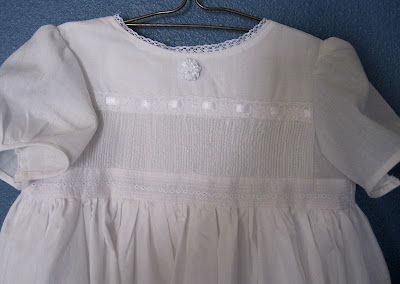I have made a number of little black dresses over the years. They are wonderfully versatile. I confess to having favorites among the ones I have made- here are three of them.
A couple years ago, I made a little black dress that was inspired by a grey Vera Wang wedding gown.
The long, many layered gown was cropped into a knee length skirt made of georgette and taffeta. The strapless bodice gained gently curving halter straps. Draping and pattern making for this dress was somewhat challenging, but I was quite satisfied in the end.
Another dress- and a sleeveless over coat- was inspired by an AlexanderMcQueen ensemble. The base dress was a 1950’s style black taffeta number with lots of tulle netting under the skirt to make it poufy.
The coat was fun to make- I had to call up a blend of my design and tailoring skills.
Dress number three made its’ debut in December 2011. A friend and I had attended a concert by Charmaine in August. Her dress was the inspiration.
The dress she wore had layers of zipper trimmed tubes overlaying the skirt. Katie really liked it, so the journey to create a unique version of it for her began. We played with several different design ideas and several different bodices before we settled on this one.
We decided to add a shrug that could be worn with the dress in cool weather, or with jeans, or anything else. The shrug is available as a custom made item in my Etsy Shop, where there are more detailed photos.
Long live the little black dress!


















































